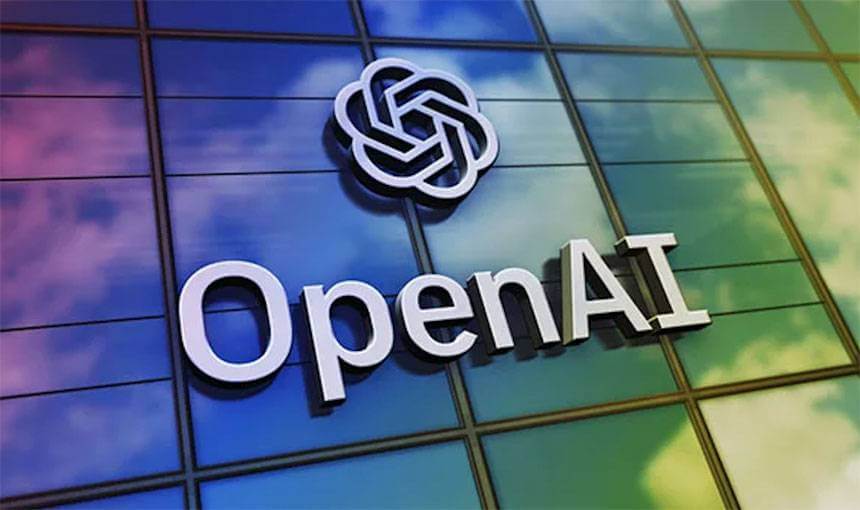OpenAI, initially founded as a non-profit with the mission to ensure that artificial general intelligence (AGI) benefits all of humanity, is undergoing a significant transformation as it transitions towards a profit-driven model. This shift involves restructuring and selecting advisors to navigate the complexities of balancing profitability with its original mission. The decision marks a critical juncture for the company and the broader AI landscape, influencing how AI development is shaped by investor expectations, corporate governance, and competitive pressures.
Reasons for the Transition
Several factors have motivated OpenAI's move towards a for-profit structure. The primary driver is the need for substantial capital to compete with other AI giants like Google, Meta, Amazon and Anthropic. The development of large language models (LLMs) and other AI products requires ongoing investment in high-powered processor chips and cloud infrastructure. To secure the necessary funding, OpenAI needs to attract investors by offering conventional equity and a more straightforward exit strategy.
According to OpenAI's board, the hundreds of billions of dollars that major companies are now investing into AI development show what it will take for OpenAI to continue pursuing its mission. The company needs to raise more capital than initially imagined. Investors at this scale need conventional equity and less structural complexity.
Restructuring and Governance
To facilitate the transition, OpenAI is restructuring as a public benefit corporation (PBC). This structure allows the company to focus on its business side while maintaining a non-profit arm dedicated to charitable initiatives in healthcare, education, and science. The non-profit will have a significant stake in the PBC, with its value determined by independent financial advisors.
However, OpenAI has faced mounting pressure from critics, including former employees, academics, and rivals like Elon Musk, regarding its restructuring plans. In response, OpenAI has scrapped its initial plan to fully transition to a for-profit company. Instead, the non-profit board will retain control over the public benefit corporation and become a major shareholder in it. This decision aims to address concerns about maintaining the organization's public mission and ensuring that AI benefits society.
Advisors and Stakeholders
As OpenAI navigates this transition, the selection of advisors and engagement with stakeholders is crucial. The company is in communication with the Attorneys General of California and Delaware, as well as Microsoft, to advance the details of its restructuring plan. Microsoft, a major investor in OpenAI, holds a 49% stake in OpenAI Global, LLC, and its continued support is essential for OpenAI's growth and market reach.
Investment banks are also advising OpenAI and Microsoft to navigate the upcoming changes, particularly regarding the size of Microsoft's stake in the newly restructured OpenAI. The involvement of these advisors ensures that the restructuring aligns with stakeholder interests and complies with regulatory requirements.
Future Growth and Strategy
OpenAI's future growth strategy involves refining enterprise offerings, deeper integrations with partner platforms, and exploring new AI-powered vertical markets. The company aims to diversify its revenue streams and maintain its competitive edge by continuously developing advanced AI models. Key strategies include:
- Investment in R&D: Continuous investment in research and development to drive technological breakthroughs.
- Strategic Partnerships: Leveraging partnerships, like the one with Microsoft, for financial backing and resource access.
- Commercialization: Focusing on monetizing its AI capabilities through subscriptions, API usage, and enterprise solutions.
- AI Deployment as a Service: Offering consulting services for enterprise-grade GPT-4o deployments, embedding engineers in client workflows to integrate AI solutions.
Challenges and Considerations
Despite the potential benefits of transitioning to a for-profit model, OpenAI faces several challenges and considerations. One major concern is whether the pursuit of profit will compromise its commitment to responsible and safe AI development. Critics argue that the quest for profit could incentivize a more aggressive push towards deploying powerful AI systems without sufficient safeguards.
Another challenge is maintaining user trust and ensuring the ethical deployment of Martech. OpenAI needs to ensure transparency in data collection and usage and address any potential biases in its AI models. The company also needs to navigate the complex web of relationships with tech giants like Apple, Google, and Amazon, each with their own strategic priorities and potential conflicts of interest.
Conclusion
OpenAI's shift towards a profit-driven model represents a significant evolution in its journey. While the transition is driven by the need for capital and competitiveness, it also raises important questions about ethics, governance, and the future of AI development. By carefully selecting advisors, engaging with stakeholders, and prioritizing its mission of ensuring AI benefits humanity, OpenAI aims to navigate these challenges and achieve sustainable growth in the rapidly evolving AI landscape.

















